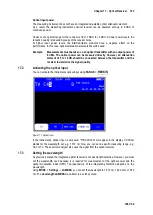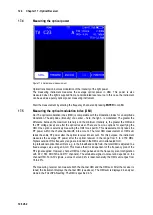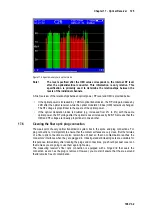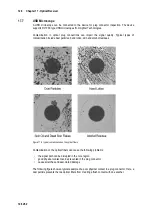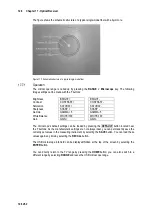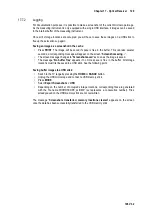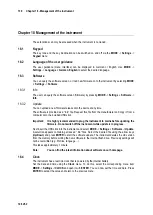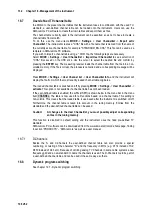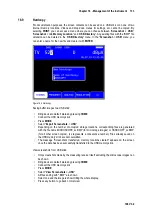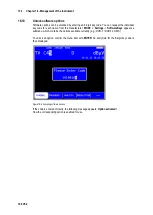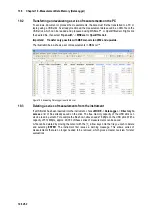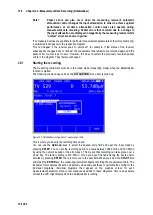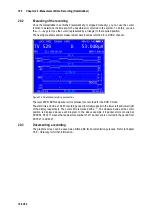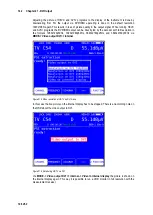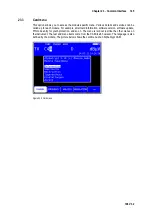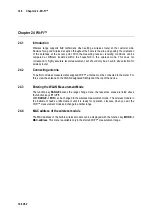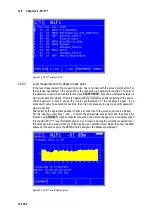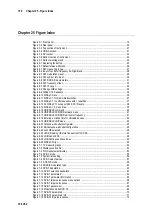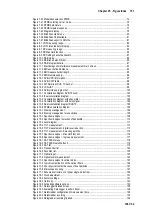
Chapter 20 - Measurement Data Recording (DataGrabber) 137
106 V3.2
Measurement Data Recording (DataGrabber)
Chapter 20
The DataGrabber allows the measuring receiver to record measurement data over a specified
period of time and display the results graphically. The shortest period of time that you can enter is
one minute. The longest period is 23 hours and 59 minutes.
The memory depth is 500. This means that 500 values are recorded in equivalent time periods for
each measurement parameter. The time interval between two samples thus depends on the
recording period that has been specified. In each case the worst value of a sample period will be
recorded, this is especially important for long-term recordings.
The table below provides an overview of the recording options that are available. This applies to a
fully equipped instrument.
Range
Operating mode
Recorded parameters
SAT
DVB-S
Level, MER, CBER, PE (Packet Errors)
DVB-S2
Level, MER, CBER, PE (Packet Errors)
TV
ATV
Level, S/N (option S/N only)
DVB-C
Level, MER, BER, PE (Packet Errors)
EUDOCSIS
Level, MER, BER, PE (Packet Errors)
DF (Duty-Factor, Downstream capacity utilization)
USDOCSIS
Level, MER, VBER, PE (Packet Errors)
DF (Duty-Factor, Downstream capacity utilization)
DVB-T
Level, MER, CBER, PE (Packet Errors)
DVB-T2
Level, MER, CBER, PE (Packet Errors)
DTMB
Level, MER, CBER, PE (Packet Errors)
FM
Level
RC
Level
DAB
Pegel, MER, CBER
If the optical input is activated, the optical power trend is recorded instead of the level.
Note on recording the duty factor:
Before recording starts, the menu item
DUTYFACTOR
can be used to select recording with or
without duty factor. If this item is active, the diagram with the bit error rate is omitted.
For all measurement parameters apart from packet error (PE), the value saved is the one that is
active during recording at the time of sampling.
The situation is slightly different when packet errors are captured. During normal measuring
operations, packet errors are continuously added up (accumulated). When the DataGrabber
function is used, packet error counter changes from one sampling time point to the next are
recorded. This makes it possible to subsequently determine how many packet errors occurred and
at what times. The absolute number of packet errors is shown in the upper display area while the
measurement data is recorded and is incorporated in the graphics screen once the measurements
are finished.

